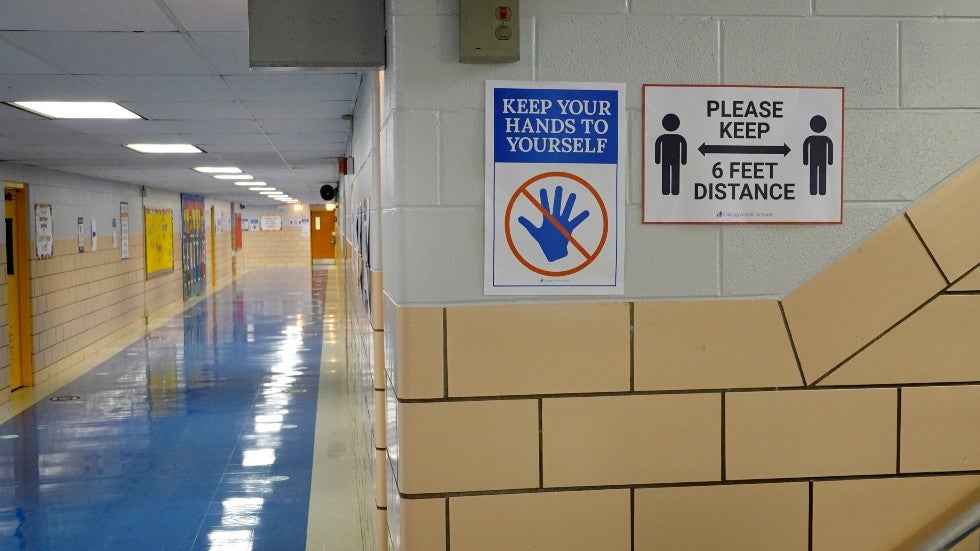Parents and children who attended school in person in the fall reported significantly less stress and anxiety than those who learned either online or in a combined setting, a new report from the Centers for Disease Control and Prevention shows.
The report, released Thursday, found both parents and children who primarily learned through virtual means reported worse outcomes in 11 of 17 indicators of stress and physical and mental well-being than parents and children who primarily learned in person over the same stretch.
“These findings suggest that virtual instruction might present more risks than does in-person instruction related to child and parental mental and emotional health and some health-supporting behaviors, such as engaging in physical activity,” the authors write in the CDC’s Morbidity and Mortality Weekly Report.
The survey of 1,290 parents of school-aged children found virtual-only learners were twice as likely to see a decrease in physical activity and a drop in the amount of time spent outside as those who were learning in person. Parents of virtual learners were more likely to say their child’s physical and mental health declined.
Seventy percent of parents of children who learned in person reported spending less time with friends, compared to 86 percent of virtual learners whose parents said they spent less time with friends.
The parents reported more stressors in their own lives, too. Parents of virtual learners were more likely to report having lost work, having experienced emotional distress and even difficulty sleeping.
The report comes as school districts across the country struggle to return to in-person learning and as teachers get priority in the line to be vaccinated against the coronavirus.
Experts have worried that a lack of in-person learning could create problems far beyond a lost chance to learn.
Health officials saw a dramatic decline in reports of domestic violence in the first weeks and months of the pandemic not as a promising sign, but as a worrying indication that school teachers and counselors were not able to observe their students as they might have in person. Reports of youth suicides are on the rise, though data that would shed light on those deaths will be released in the coming months and years.
“Schools are central to supporting children and families, providing not only education, but also opportunities to engage in activities to support healthy development and access to social, mental health and physical health services, which can buffer stress and mitigate negative outcomes,” the authors wrote.
This content was originally published here.

